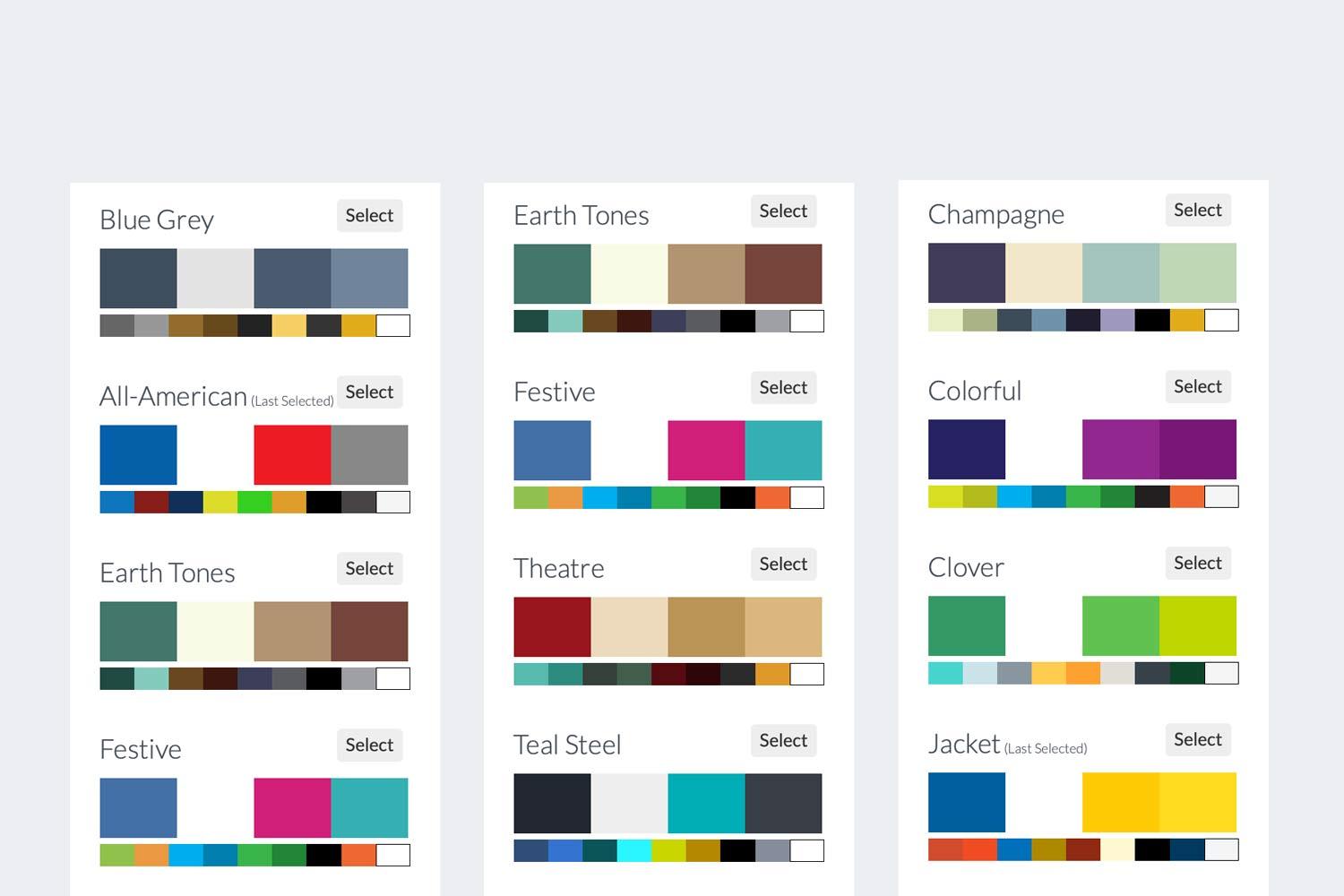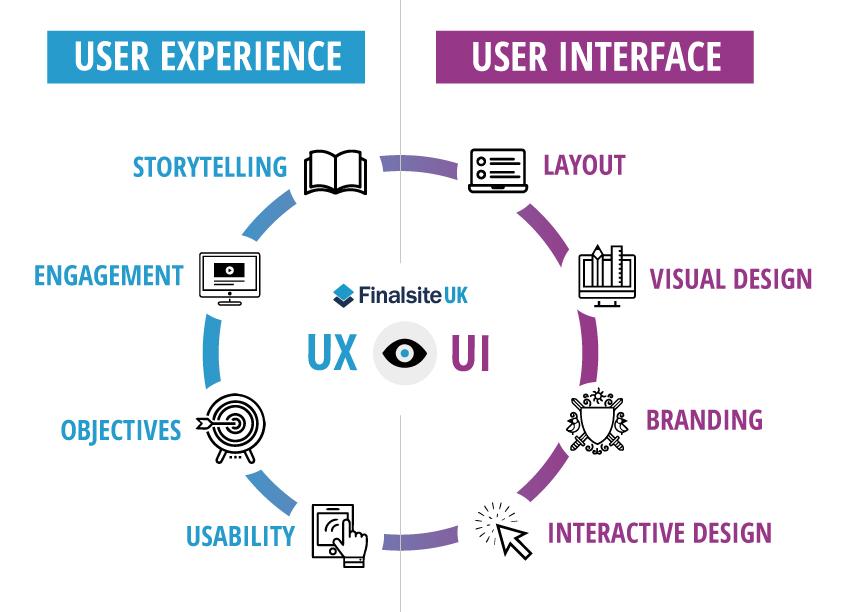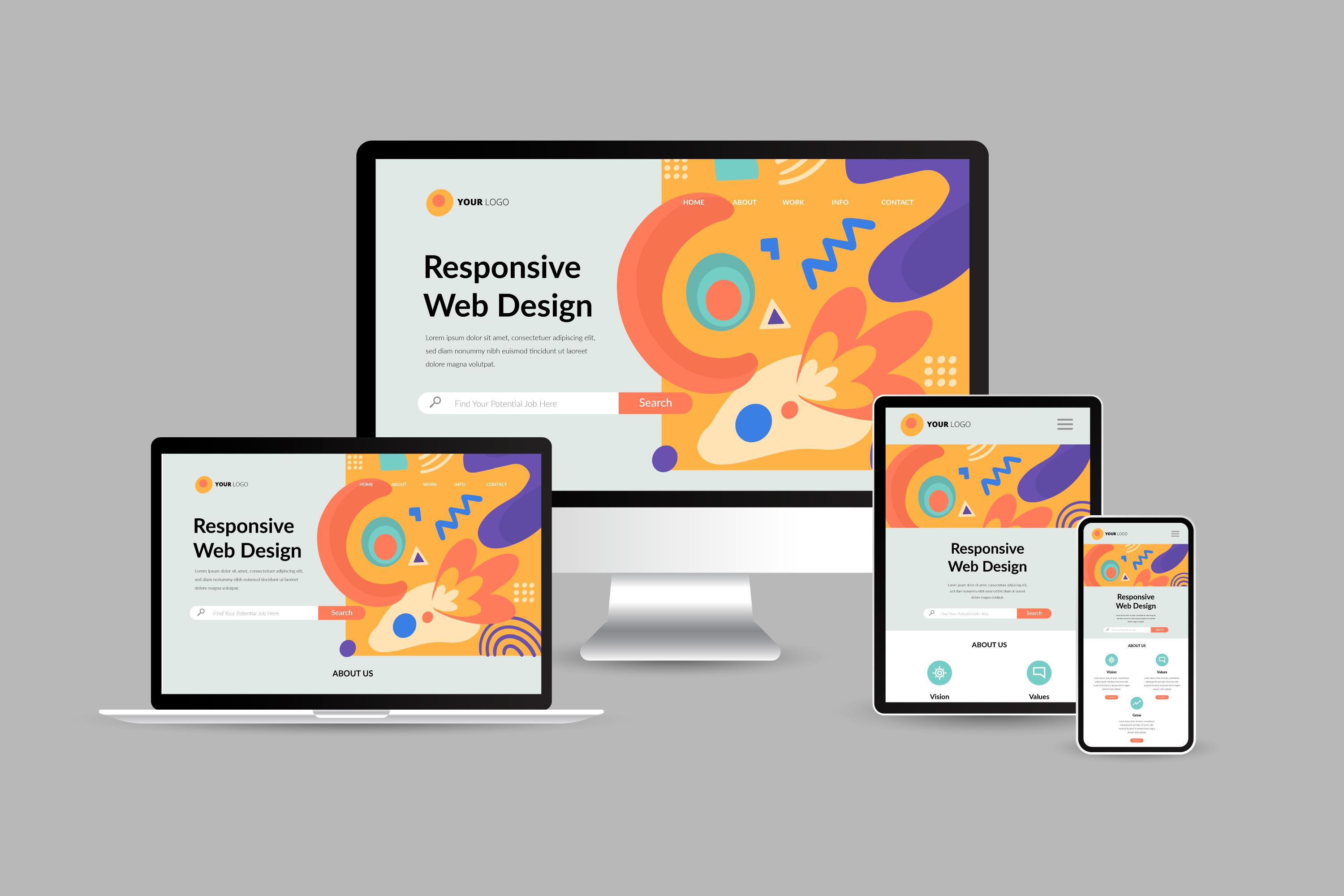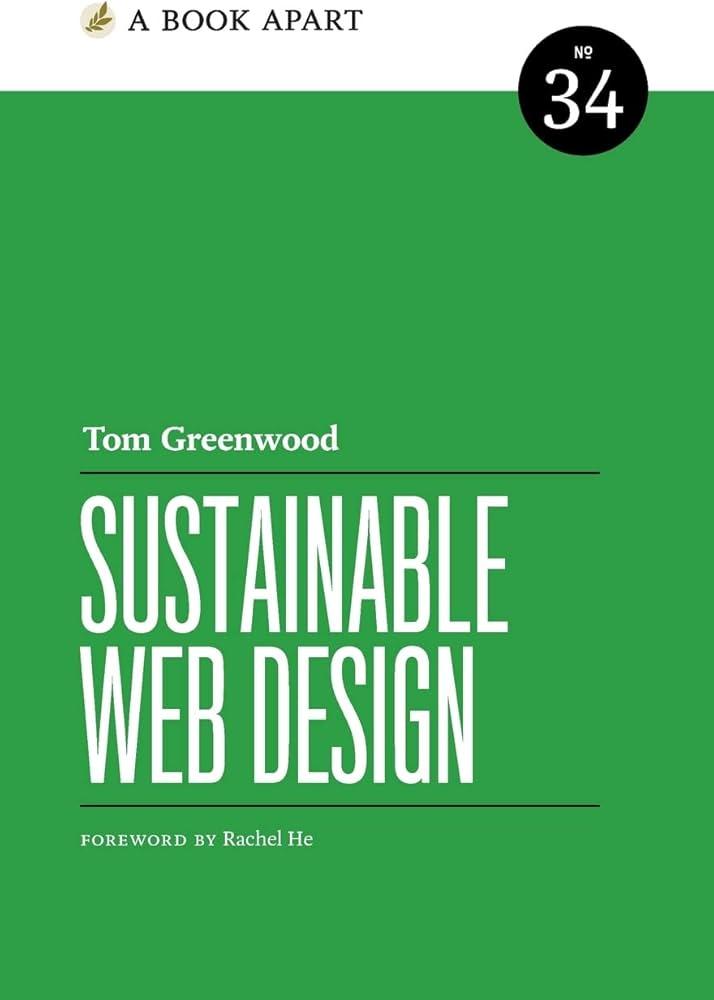Web Design Trends Taking Over Australia
Web Design Trends Taking Over Australia: Navigating the Digital Landscape
As the digital world continues to evolve at a breathtaking pace, web design is no longer just about aesthetics; it’s about creating immersive experiences that resonate with users. In Australia, a rich tapestry of cultural diversity and innovation is influencing how websites are crafted, pushing boundaries and challenging traditional norms. From minimalist interfaces that embrace simplicity to bold color schemes that reflect the vibrancy of Australian life, the latest trends in web design are a testament to the unique character of the nation. In this article, we will explore the hottest design trends transforming the Australian digital landscape, highlighting the creative thinkers and technological advancements shaping the future of user experience across the continent. Whether you’re a business owner, a designer, or simply curious about what’s trending, join us as we dive into the dynamic world of web design where creativity meets functionality.
Table of Contents
- Emerging Color Palettes Shaping Australian Web Aesthetics
- User Experience Innovations Redefining Engagement
- Responsive Design Practices Enhancing Mobile Accessibility
- Sustainable Design Choices Influencing User Perception
- Insights and Conclusions

Emerging Color Palettes Shaping Australian Web Aesthetics
As Australia’s web design landscape evolves, vibrant and harmonious color palettes are becoming integral to the user experience. Designers are increasingly embracing bold hues that reflect the essence of the Australian environment—from the deep blues of the coast to the rich earthy tones of the Outback. These palettes are not only visually captivating, but they also evoke emotions, creating a richer narrative for websites. Key trends include:
- Sunset Gradients: Blending oranges, purples, and soft pinks that mimic the breathtaking Australian sunsets.
- Oceanic Blues: A spectrum of blues that signify both coastal serenity and adventure.
- Natural Earth Tones: Utilizing browns, greens, and rust colors that pay homage to the diverse Australian landscape.
In addition to these palettes, the rise of minimalist design principles has led to contrasting color pairings that enhance readability and engagement. By pairing soft backgrounds with vibrant accent colors, designers are able to direct user attention effectively while maintaining a clean aesthetic. The following table encapsulates some of the most effective color combinations currently trending in Australian web design:
| Background Color | Accent Color | Usage Example |
|---|---|---|
| #F3F4F6 | #E63946 | Buttons & Links |
| #1D3557 | #F1FAEE | Headers & Footers |
| #A8DADC | #457B9D | Backgrounds & Callouts |

User Experience Innovations Redefining Engagement
In today’s digital landscape, user experience innovations are crucial for keeping audiences engaged and satisfied. Australian web designers are embracing a variety of techniques to enhance interaction, focusing on aesthetic appeal paired with seamless functionality. Among these advancements are features such as:
- Micro-interactions: Small animations that provide feedback to users, making them feel more connected to the interface.
- Personalization: Tailoring content and layout based on user behavior and preferences to enhance relevance.
- Dark mode options: Giving users the choice to switch to a darker interface, which can be more comfortable for the eyes and improve battery life.
- Voice user interface (VUI): Integrating voice commands to allow hands-free navigation, catering to a growing trend of convenience.
The emergence of these trends has not only refined website aesthetics but also fundamentally transformed how users interact with digital products. To illustrate the significance of these innovations, consider the following comparison of traditional versus innovative user experience approaches:
| Traditional UX | Innovative UX |
|---|---|
| Static content | Dynamic and interactive elements |
| Uniform design | Responsive and personalized interfaces |
| Limited feedback mechanisms | Real-time feedback with engaging animations |

Responsive Design Practices Enhancing Mobile Accessibility
Responsive design practices are vital for ensuring that websites are both accessible and functional on mobile devices. As users increasingly rely on their smartphones for browsing, web designers must prioritize adaptable layouts and efficient navigation. Key techniques include:
- Fluid Grids: Utilizing percentage-based widths allows elements to scale proportionally with the screen size.
- Viewport Units: Employing ‘vw’ and ‘vh’ units enables dynamic resizing of elements based on the user’s viewport.
- Flexible Images: Ensuring images are not fixed in size facilitates proper display across diverse devices.
Attention to touch targets and legibility also plays a critical role in enhancing the mobile user experience. Designers should consider the following aspects:
- Touch-Friendly Buttons: Ensuring buttons are adequately sized and spaced improves usability and reduces tapping errors.
- Readable Fonts: Choosing appropriate font sizes and weights enhances readability on smaller screens.
- Consistent Navigation: Maintaining a clear and intuitive navigation structure aids in user retention and satisfaction.

Sustainable Design Choices Influencing User Perception
In today’s digital landscape, the choices web designers make in sustainability play a pivotal role in shaping user perception. By integrating eco-friendly practices into their designs, they not only enhance the aesthetic appeal of their websites but also resonate with an increasingly environmentally conscious audience. This dual approach can create a deeper emotional connection with users, encouraging them to engage more meaningfully with the content. Key elements contributing to this perception include:
- Color Palette: Utilizing earthy tones and vibrant colors that emphasize nature.
- Materials Transparency: Showcasing sustainable resources and ethical practices through design.
- Energy Efficiency: Designing for lower energy consumption to reduce carbon footprint.
Moreover, the implementation of sustainable design choices can also lead to improved functionality and user experience. Websites that load faster and are optimized for mobile devices can significantly enhance user satisfaction while promoting a green ethos. A strategic emphasis on these sustainable elements not only helps in minimizing environmental impact but also boosts a brand’s reputation. Here are a few aspects that users might associate with sustainable design:
| Design Element | User Perception |
|---|---|
| Minimalist Layouts | Clarity and engagement |
| Responsive Design | Accessibility and inclusivity |
| Natural Imagery | Connection to nature and wellness |
Insights and Conclusions
As we navigate the vibrant landscape of web design in Australia, it’s clear that innovation and creativity are at the forefront of this digital revolution. From bold color palettes to immersive user experiences, the trends we’ve explored not only reflect the diverse cultural fabric of the nation but also the evolving expectations of users. As designers and businesses alike embrace these elements, it’s essential to remain adaptable and forward-thinking, ensuring that functionality meets aesthetic appeal in a harmonious balance.
As we look to the future, the most successful web designs will be those that not only captivate visually but also engage users on a deeper level, fostering meaningful connections and interactions. Whether you’re a seasoned designer or a business owner eager to make your mark online, staying attuned to these trends will be pivotal in crafting websites that resonate with Australian audiences and beyond.
So, as we close this chapter on the latest web design trends sweeping across Australia, let’s carry forward the spirit of innovation. With each new project, we have the opportunity to shape the digital landscape, creating spaces that are not only functional but also a true reflection of our diverse identities and aspirations. Embrace the trends, experiment boldly, and let your creativity flourish in this ever-evolving digital world.
